
The cavaquinho currently practiced and built all over mainland Portugal is of the type commonly referred to as “minhoto” (ie. from Minho). It is a small instrument in the shape of a guitar, with four metallic strings, a flat scale with twelve frets at the top level. This cavaquinho is almost always strummed, simultaneously striking all the strings. There is also the “urban” cavaquinho that is beginning to be revitalized today and there is extensive historical documentation on it.
The origin of the cavaquinho is still a matter of interest among scholars, who, since the pioneering works of Jorge Dias (1963) and Ernesto Veiga de Oliveira (1966), have tried to unravel some of its history within the panorama of popular Portuguese instruments.
We propose the careful reading of the texts presented here by various authors, for a broader knowledge of this very special chordophone, nowadays with more than two thousand five hundred enthusiasts in growing practice.
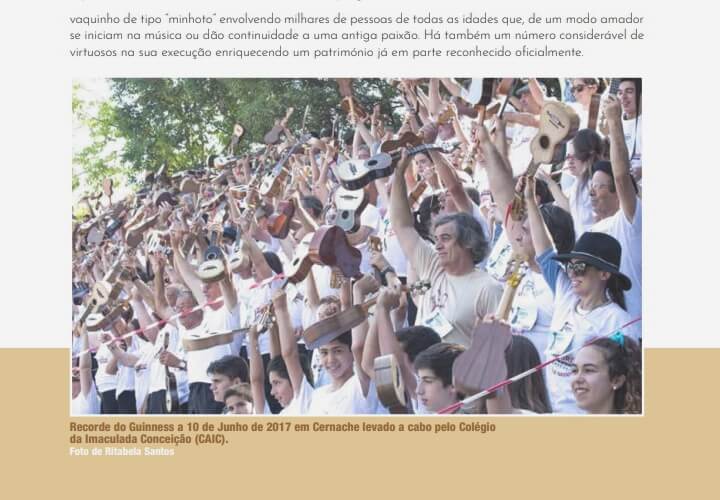 Book/CD
Book/CD
The book presents an unprecedented historiography, addressing the various versions of the cavaquinho in Portugal from the 19th century to the present.
The book is available here.
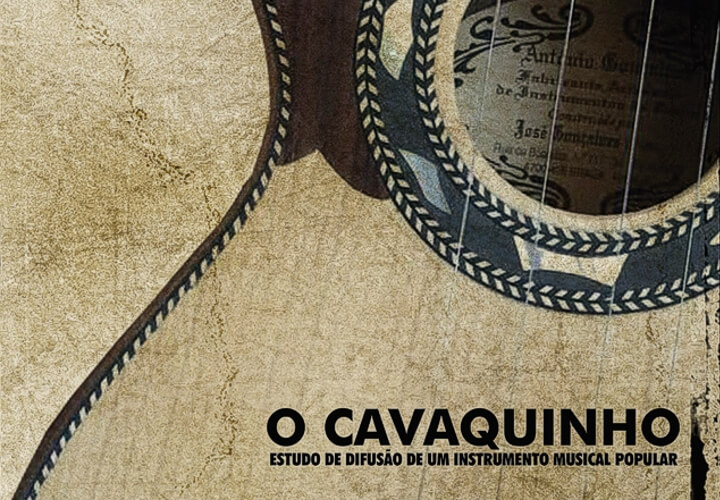 CD/Book "Cavaquinho.pt"
CD/Book "Cavaquinho.pt"
This study was published in a book format (bilingual) in 2016. ACMC/National Ethnology Museum edition.
The text is available here in PDF format
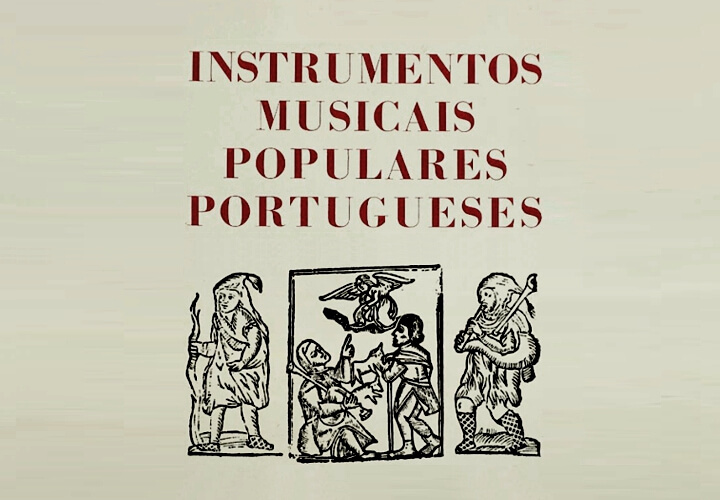 Book
Book
The text of the book (the part dedicated to the cavaquinho) is available here in PDF format.
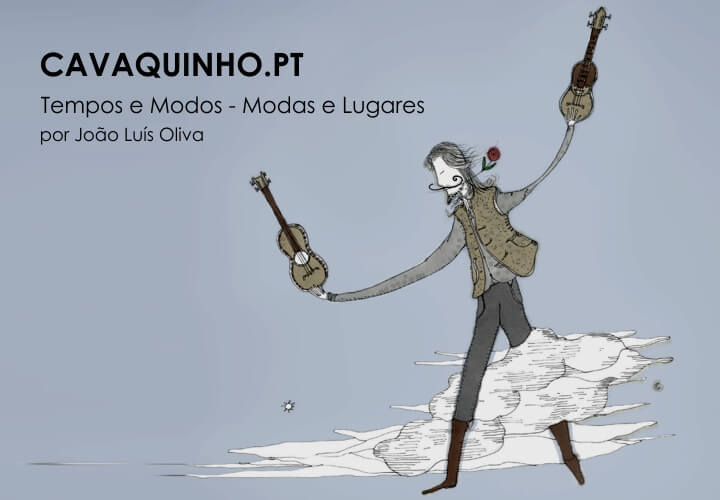 CD/Book "Cavaquinho.pt"
CD/Book "Cavaquinho.pt"
The text of the book is available here in PDF format.
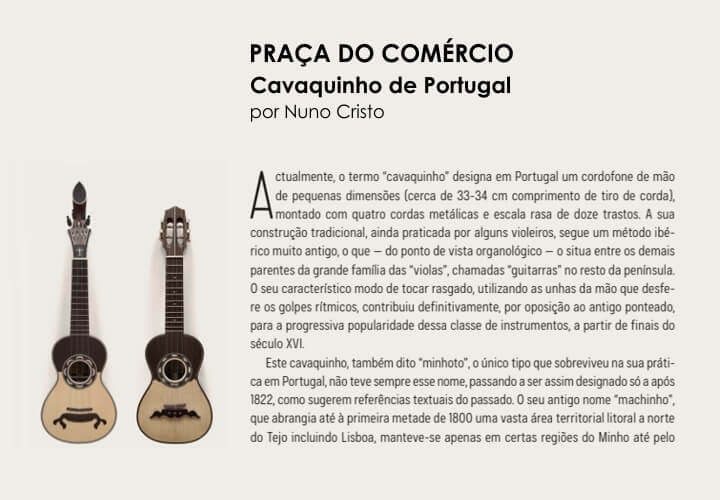 CD/Book "Praça do Comércio"
CD/Book "Praça do Comércio"
The text of the book is available here in PDF format.
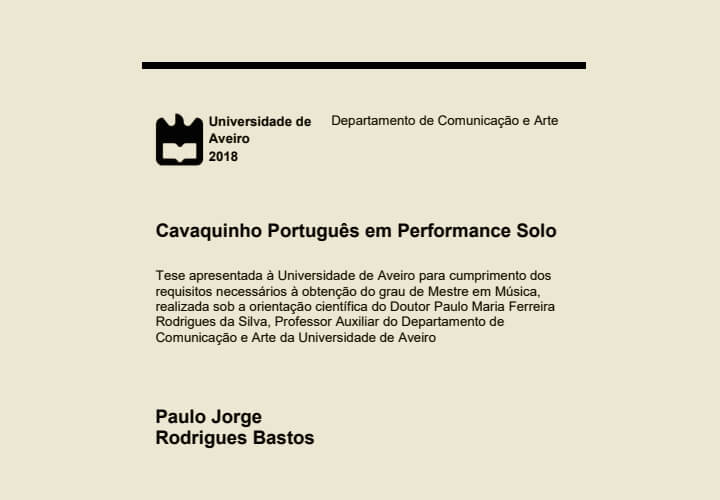 Master's thesis
Master's thesis
The thesis is available here in PDF format.
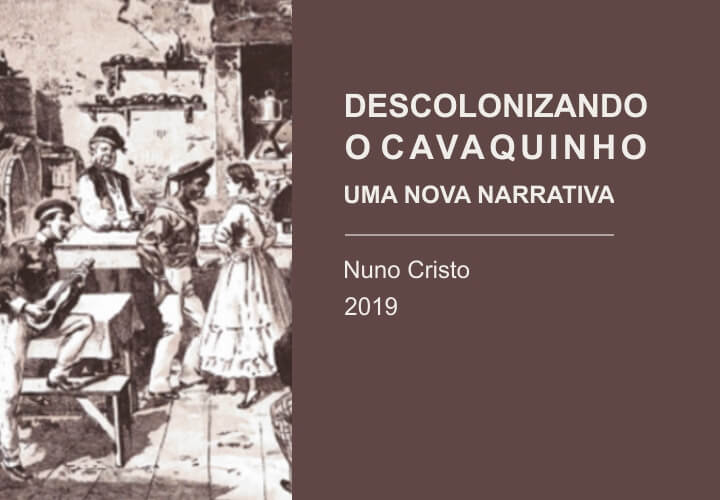 Study
Study
The Study is available here in PDF format.
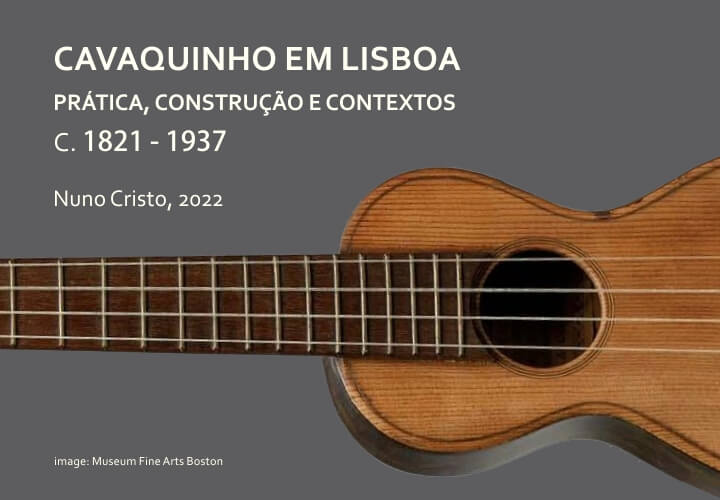 Study
Study
The text of the book is available here in PDF format.